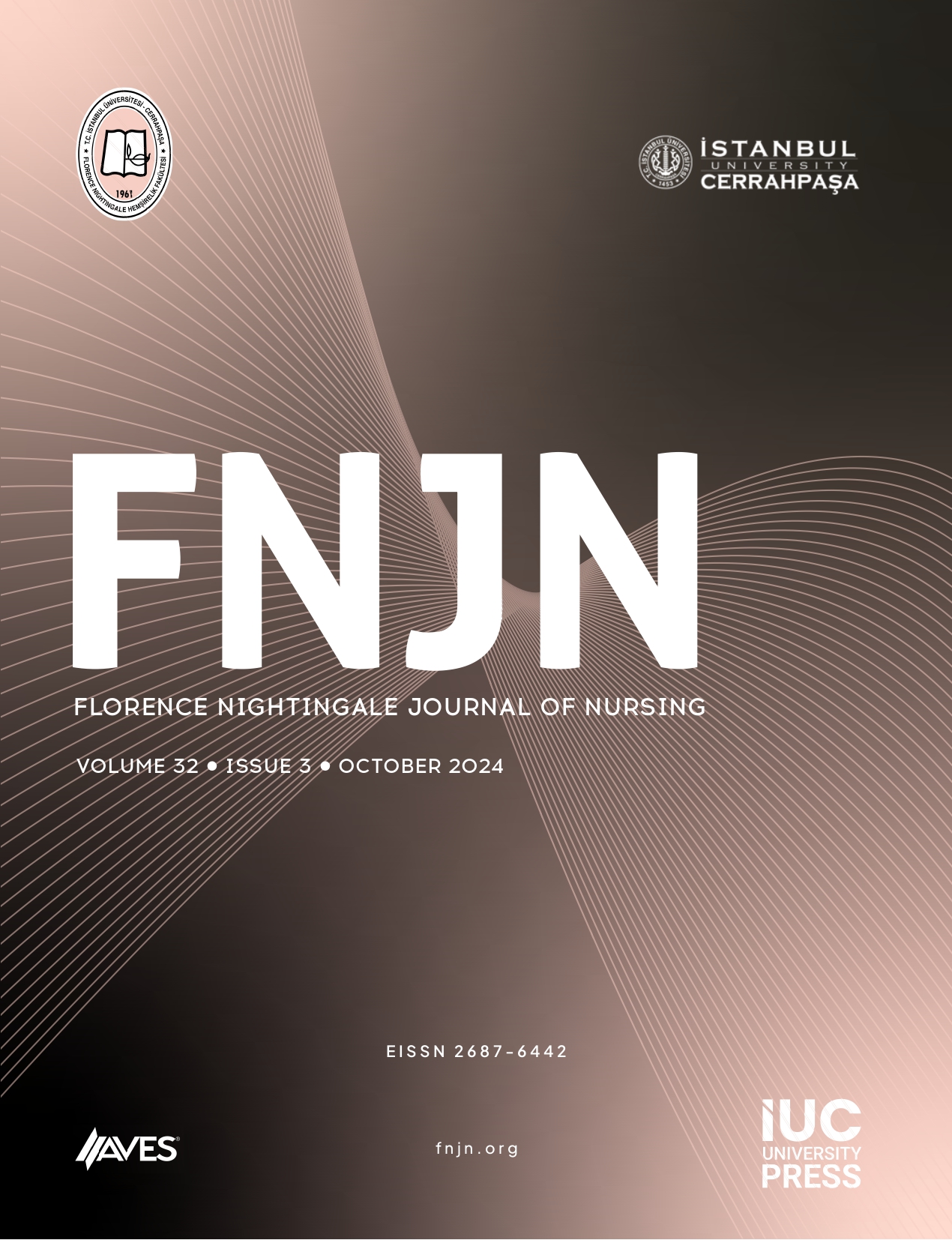AIM: The aim of the study was to systematically evaluate the main factors associated with lung cancer incidence in China and provide reference for developing successful lung cancer interventions and accelerating progress against cancer.
METHODS: All publications related to the influencing factors of lung cancer incidence were retrieved from four databases from their date of inception through September 2022. Eight Medical Subject Headings and corresponding keywords were utilized to identify eligible trials in China National Knowledge Infrastructure (CNKI), Wanfang Database, Chinese Scientific Journals Database (VIP), and China Biology Medicine Database (CBM). The heterogeneity test and meta-analysis were conducted using Review Manager (RevMan, version 5.4) software. This study was designed according to the Preferred Reporting Items for Systematic Reviews and Meta-Analyses Protocols.
RESULTS: Fourteen studies, published from 2000 to 2019, have been chosen and incorporated in a meta-analysis. The mean total quality score across the included studies was 7, with a range of 6–8. The findings of the meta-analysis demonstrated that smoking (odds ratio=2.46, 95% confidence interval: 1.94–3.11), passive smoking (odds ratio=2.44, 95% confidence interval: 2.13–2.80), lung/respiratory disease (odds ratio=2.66, 95% confidence interval: 1.82–3.89), family history of tumor (odds ratio=2.79, 95% confidence interval: 1.80–4.32), oil fume (odds ratio=1.91, 95% confidence interval: 1.50–2.43), and psychological factor (odds ratio=2.27, 95% confidence interval: 1.89–2.73) were risk factors for lung cancer, while more fruits and vegetables (odds ratio=0.51, 95% confidence interval: 0.35–0.75), exercise (odds ratio=0.55, 95% confidence interval: 0.43–0.72), and tea drinking (odds ratio=0.52, 95% confidence interval: 0.32–0.83) were protective factors for lung cancer. Funnel plot analysis demonstrated the absence of any apparent publication bias.
CONCLUSION: The risk and protective factors influencing the lung cancer incidence are diverse. Considering the research limitations, we should have more research projects to explore the factors that affect lung cancer incidence and explain the research results.
Cite this article as: Yang, K., Jiang, H., Deng, L., Chi, Y., Xiao, X., & Zhang, S. (2024). Factors influencing the lung cancer incidence in china: A meta-analysis. Florence Nightingale Journal of Nursing, 32(2), 198-205.




.png)
.png)